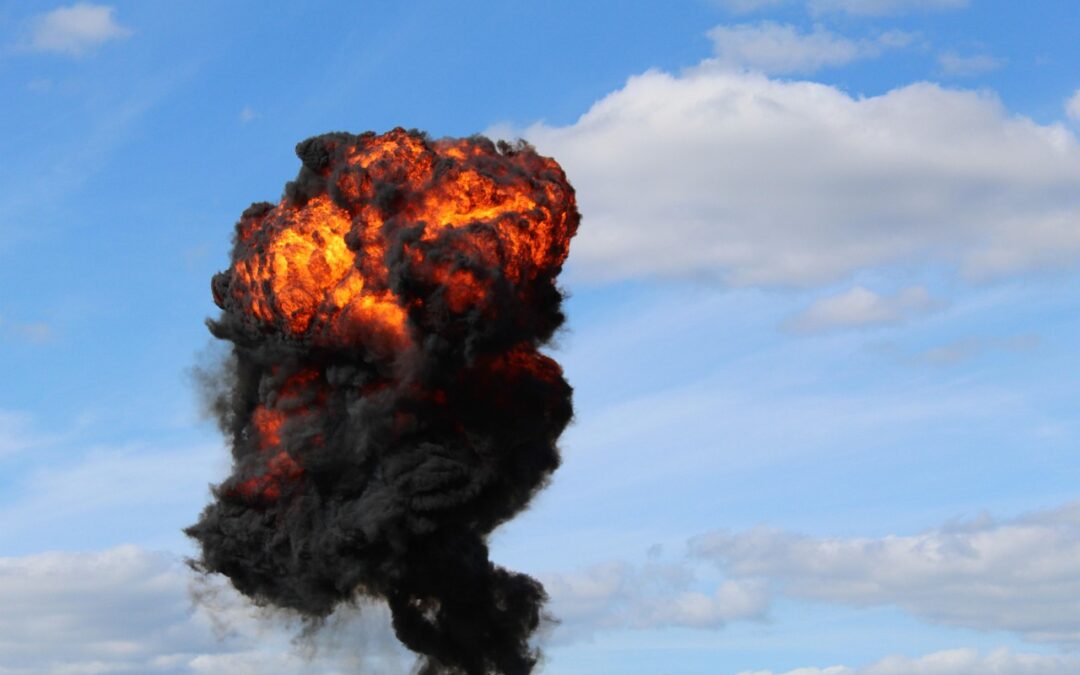The proper storage and handling of explosives is a critical component of maintaining safety and compliance in mining operations. Given the high-risk nature of blasting materials, strict adherence to safety protocols and key regulations for safe blasting and explosives handling is essential to protect workers, infrastructure, and the environment. Improper storage can lead to devastating consequences, making it vital to implement preventive measures that reduce the risk of accidental detonation. This article explores the best practices, regulatory requirements, and environmental considerations that help in preventing explosions in mining, while also emphasizing the importance of training, risk assessment, and secure storage environments.
Safety Precautions and Storage Requirements for Explosives
Understanding the importance of proper storage and handling of explosives begins with knowing the basic safety precautions. Explosives are highly sensitive materials that can become dangerous without the right storage setup. Key safety precautions include:
- Storing explosives in approved magazines designed to contain blasts.
- Keeping ignition sources away from storage areas.
- Maintaining clear signage and restricted access zones.
- Separating different types of explosives to prevent chemical reactions.
- Conducting daily inspections for leaks, corrosion, or tampering.
Proper organization, consistent monitoring, and labeling are also crucial to avoid accidental mix-ups and ensure safe handling practices.
Regulatory Guidelines for Explosives Storage in Mining Operations
Mining operations in the U.S. must follow strict regulatory guidelines for explosives storage, particularly those outlined by the Mine Safety and Health Administration (MSHA) and the Bureau of Alcohol, Tobacco, Firearms and Explosives (ATF). These include:
- Ensuring storage magazines are built to withstand extreme weather and protect against theft.
- Keeping storage logs and conducting regular inventory checks.
- Following spacing requirements between storage magazines and inhabited buildings or public roads.
- Reporting and documenting any loss or theft of explosives immediately.
Following these regulations protects both workers and communities near mining sites.
Best Practices for Handling Explosives in Mining Environments
Handling explosives in mining environments requires precision and respect for protocol. Some best practices include:
- Transporting explosives in clearly marked, secure containers.
- Using non-sparking tools when opening or moving materials.
- Wearing personal protective equipment (PPE), including eye and hearing protection.
- Avoiding the use of mobile phones or electronic devices near explosives.
- Assigning only certified personnel to handle and prepare explosives.
Following these practices reduces the risk of accidental detonation and ensures a safer working environment.
The Role of Proper Storage in Preventing Accidents and Explosions
Proper storage plays a central role in preventing explosive-related accidents. Storage units must be designed to:
- Resist fire and protect contents from high heat.
- Limit movement and vibration that could trigger detonation.
- Prevent chemical degradation due to moisture or air exposure.
When explosives are stored correctly, the chances of unintentional ignition or deterioration are significantly reduced, protecting both workers and infrastructure.
Security Measures for Preventing Unauthorized Access to Explosives
Security is just as important as safety in explosives storage. Measures to prevent unauthorized access to explosives include:
- Installing surveillance systems around storage areas.
- Using access control mechanisms like keycard or biometric locks.
- Conducting background checks for all personnel with access to explosives.
- Setting up perimeter fencing and security lighting.
These protocols help keep explosives out of the wrong hands and reduce the risk of theft or misuse.
Storage Conditions: Temperature, Humidity, and Ventilation
Environmental factors like temperature, humidity, and ventilation play a big role in explosive stability. Proper storage conditions should include:
- Temperature control to prevent overheating.
- Dehumidifiers to limit moisture that can degrade materials.
- Adequate ventilation to disperse any harmful fumes.
Monitoring these conditions with sensors and automated alerts ensures that explosives remain stable and safe to use.
Training and Safety Protocols for Explosives Handling and Storage
Personnel involved in explosives work must receive thorough training and follow safety protocols. Effective programs cover:
- The properties of different explosives and their handling requirements.
- Emergency procedures and evacuation routes.
- How to inspect and maintain storage facilities.
- Hands-on drills simulating real-world scenarios.
Ongoing training keeps safety knowledge fresh and ensures everyone knows how to respond in case of an emergency. MSHA Safety Services offers training programs designed to support a safer work environment, and our team is available to help you find the right fit for your site’s needs. If you have questions about compliance or how to get your crew the training they need, please call (307) 227-6742.
Risk Assessment and Safety Inspections for Explosives Storage
Regular risk assessments and safety inspections are necessary to catch potential hazards before they lead to accidents. These inspections should:
- Evaluate the structural integrity of storage magazines.
- Check for compliance with federal and state regulations.
- Identify environmental or operational risks.
- Include third-party auditors when appropriate.
Documenting inspection results and acting on findings is vital for continuous improvement and safety.
Case Studies of Explosives-Related Incidents in Mining: Lessons Learned
Real-world incidents show why the importance of proper storage and handling of explosives can’t be underestimated. For example:
- In 2010, a mine explosion caused by improper storage of detonators led to three fatalities. An investigation found that storage rules were ignored, and inspections had been skipped.
- A 2016 incident involved the theft of explosives due to inadequate security fencing and surveillance, prompting new federal safety alerts.
These cases highlight the critical need for strict adherence to best practices and regulatory compliance.
Best Practices for Safe and Compliant Explosives Storage and Handling
To summarize, the following best practices enhance the safe and compliant storage and handling of explosives:
- Follow all MSHA and ATF regulations.
- Use approved, secure storage containers.
- Train and certify all personnel involved.
- Maintain proper environmental controls.
- Conduct regular audits and inspections.
- Ensure clear documentation of all explosives-related activities.
By following these steps, mining operations can dramatically lower the risk of accidents, enhance workplace safety, and maintain compliance.

